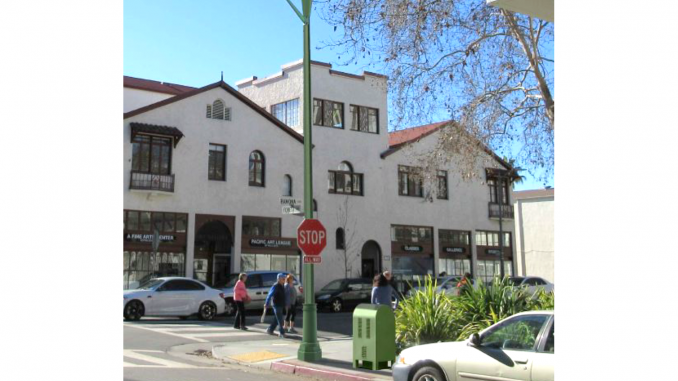
BY ELAINE GOODMAN
Daily Post Correspondent
Small cell nodes, attachments to utility poles or light poles aimed at improving wireless service, are going to be popping up in more places in Palo Alto. The question now being debated is, what should they look like?
The issue played out most recently in a proposal from Crown Castle, a communications infrastructure company, to install seven of the small cell nodes in the University South area for Verizon to use. The locations proposed were light poles near 275 Forest Ave.; 248 Homer Ave.; 385 Homer Ave.; 845 Ramona St.; 190 Channing Ave.; and 345 Forest Ave.
In addition, Crown Castle wanted a new light pole installed for a small cell node near 905 Waverley St.
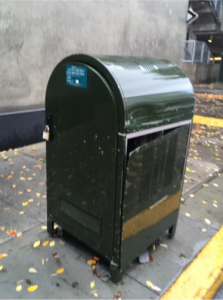
Crown Castle wanted to place an antenna on each of the small cell node light poles, with the associated mechanical equipment going in a green fake mailbox on the sidewalk nearby. City planners didn’t like the idea of the fake mailboxes, which they said would clutter up sidewalks and are susceptible to damage. Instead, Planning Director Jonathan Lait approved a design in which the antenna and the equipment would go on the top of the light pole and be hidden in a green cylinder.
Residents argued that the mechanical equipment should be placed in underground vaults — which Crown Castle says isn’t feasible. The city’s Architectural Review Board seemed to agree with the residents, recommending that Crown Castle place all its small-cell radio equipment underground or somehow conceal it in existing infrastructure.
The City Council made the final decision on the seven small cell nodes on Feb. 4, upholding Lait’s approval of five small cell nodes with antennas and associated equipment at the top of the light poles. The proposal for a new light pole near 905 Waverley St. was rejected, as was the small cell node at 345 Forest Ave., where officials said it would block views of the historic Laning Chateau/Staller Court building at that address.
The council vote was 4-3, with council members Tom DuBois, Lydia Kou and Greg Tanaka opposed.
Growing demand for wireless service
The small cell nodes are seen as a way to address the growing demands on wireless service, as smartphones and other devices gobble up more and more data.
A small cell network is a series of small, low-powered antennas. Because they are tied into fiber optic cable, they are able to handle “massive amounts of data at fast speeds,” Crown Castle said on its website.
“We get complaints about reception in houses, we get certain parts of town that are dead for reception,” Councilwoman Liz Kniss said during the Feb. 4 meeting. “Even though for many I realize these are unattractive additions, but the flip side to that is, there’s going to be some point where you really need to use your phone and you’re going to be in a dead zone.”
In May, the council approved a Verizon proposal for 11 small cell nodes throughout the city.
The approval was for small cell nodes on utility poles, rather than light poles, with equipment enclosed in a long brown box on the side of the pole and the antenna at the pole’s top.
Some residents said they wanted the small cell equipment to be placed underground. Verizon representatives said space constraints prevented them from doing so.
Lait, the planning director, said space constraints were also an issue for Crown Castle’s proposed small cell nodes downtown, where underground space is already crowded with many utilities. He said putting the equipment at the top of the light poles seemed to be a good alternative.
But with the top-of-pole configuration, the small cell nodes won’t be as powerful, and about twice as many nodes will be needed, Crown Castle said.
City authority is limited
City planners have pointed out the city’s limitations in restricting small cell nodes due to federal law. The Federal Telecommunications Act of 1996 stops local governments from prohibiting, either directly or indirectly, the provision of wireless services.
A Federal Communications Commission order in September interpreted the Telecommunications Act as preventing cities from “materially inhibiting” the provision of wireless services, including inhibitions on “densifying a wireless network, introducing new services, or otherwise improving service,” according to a report to the council for its Feb. 4 meeting.
In addition, state and local governments cannot regulate wireless facilities based on concerns about radio frequencies that they emit, as long as the emissions comply with FCC guidelines.

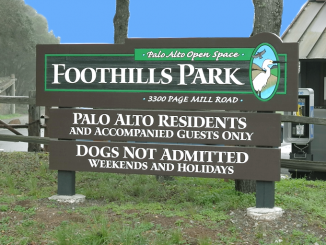
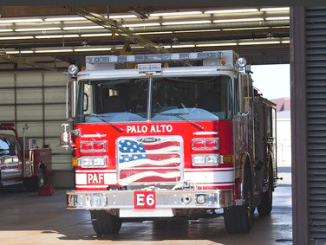
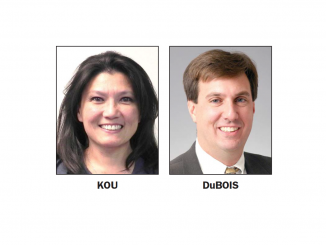
Wow. I’m shocked that PA has not joined other NorCal towns in fighting this.
Here is a list of reasons why your residents should care about this “5G” deployment: https://www.nrdc.org/experts/sharon-buccino/5g-and-fcc-10-reasons-why-you-should-care
Here are three more good informational links: https://ehtrust.org/key-issues/cell-phoneswireless/5g-internet-everything/20-quick-facts-what-you-need-to-know-about-5g-wireless-and-small-cells/ ; http://www.emfscientist.org and https://mdsafetech.org/
Californians should join the rest of the country and ask their federal Rep. to vote for H.R. 530, to keep local control, local. You all know what’s best for you. Not the FCC. Not the telecoms or “Crown Castle.”